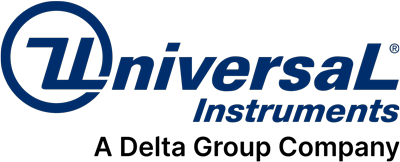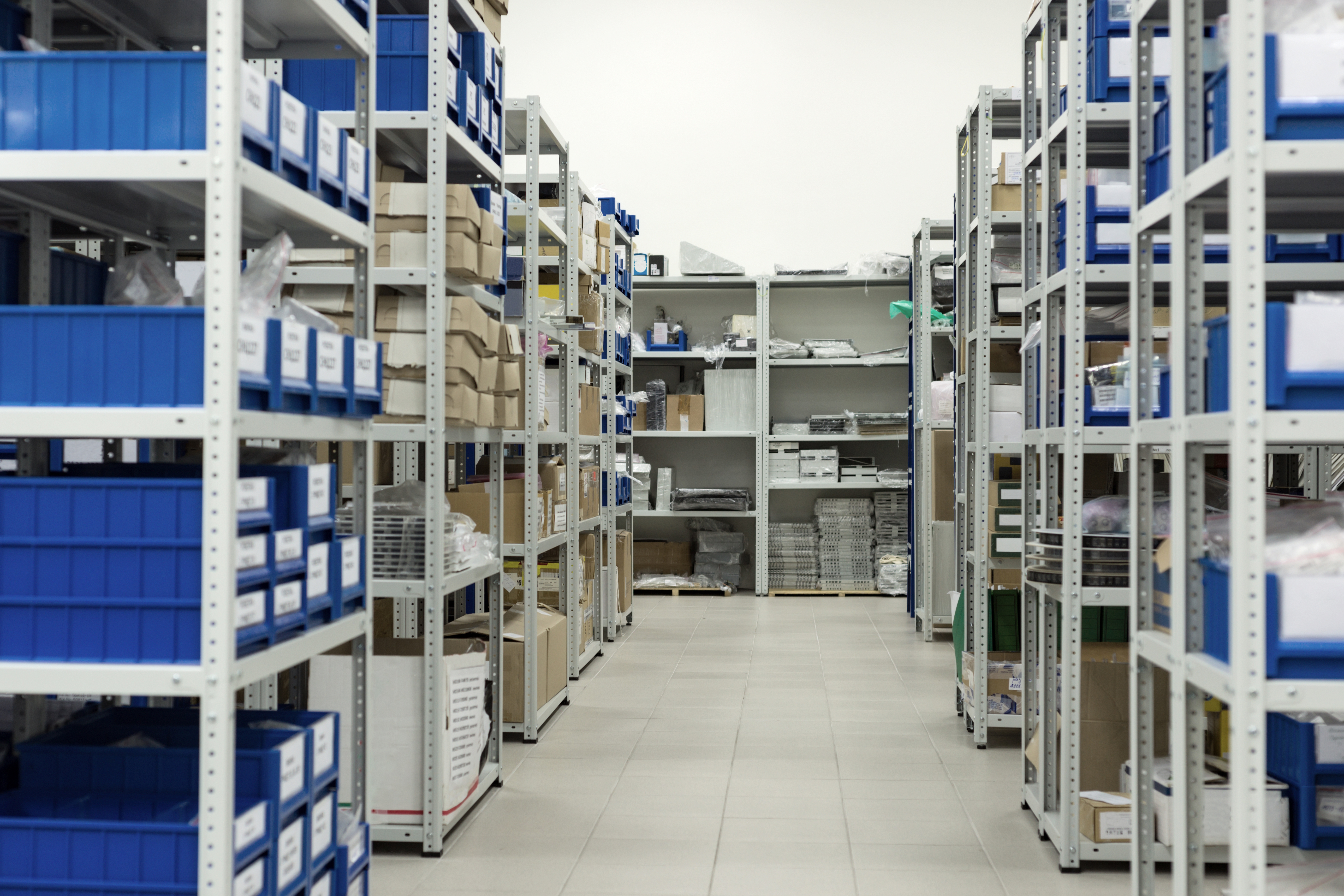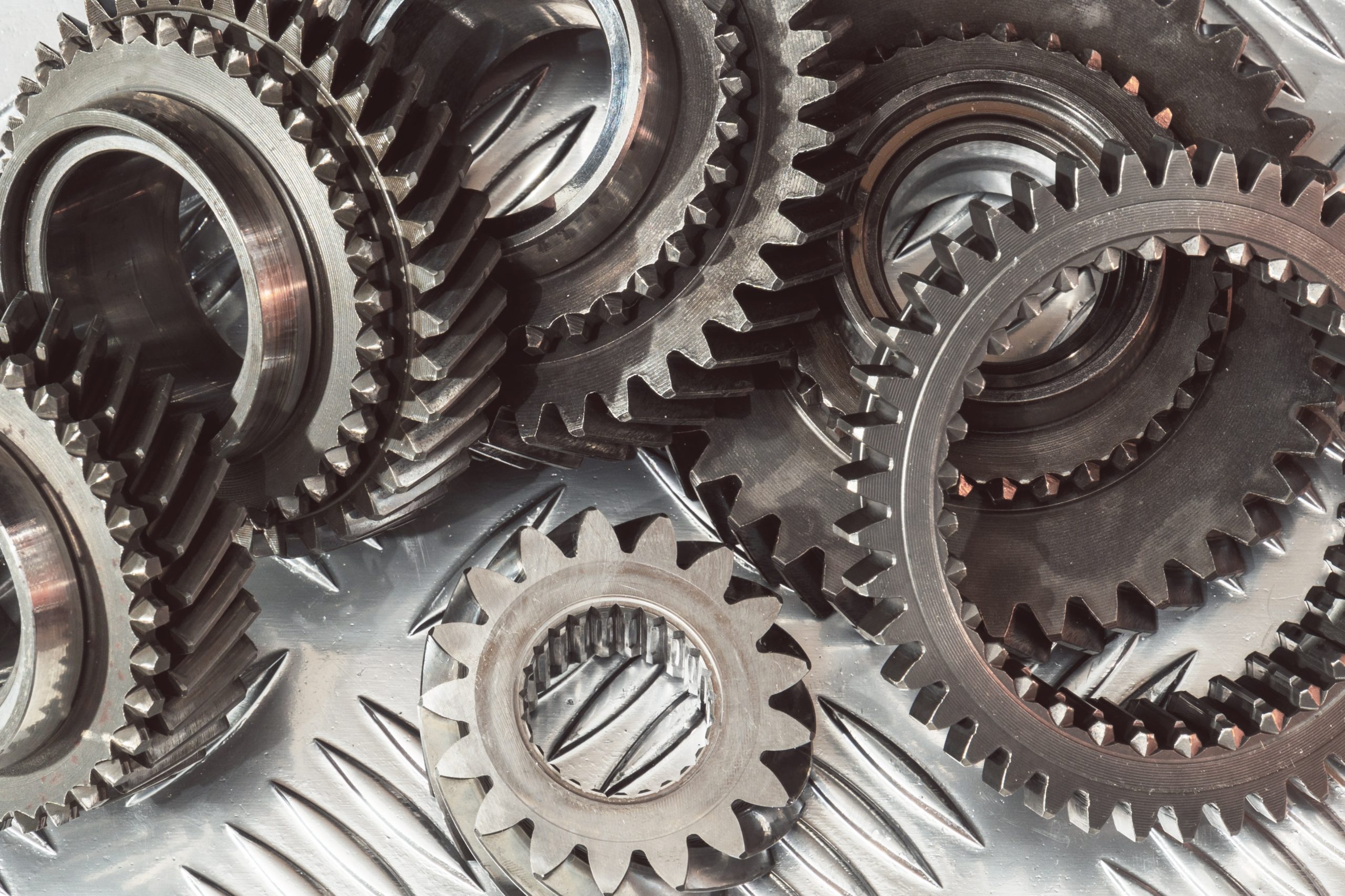January 16, 2015 – You may not know this, but the revolution of CFL (Compact Florescent Light) and LED lighting is driving one of the biggest reductions in electricity consumption the world has ever seen. A standard incandescent 40 watt light bulb uses 40 watts of electricity. An equivalent CFL uses 9-13w of power, but has toxic chemicals that need to be disposed of properly. An LED light bulb uses only 4-5 watts of power and has a life span of up to 10 years or more! Not only is that a lot of power savings, but you don’t have to replace the bulb that often.
So why am I telling you about CFL & LED lighting in a through-hole blog? Well inside each light bulb there is a little power supply that converts the household voltage to something the LEDs can use. And this power supply contains mostly through-hole components due to favorable cost and reliability.
Since a power supply is inside each bulb, billions of power supplies will be needed when the world fully converts to CFL or LED lighting. That’s a lot of parts to insert by hand. Using tried and true technology like high-speed radial inserters can make this task a lot faster, easier, and more cost-effective than having operators manually inserting all these parts. As the prices of CFL and LED lighting decrease, the required manufacturing volumes for these products will increase. As a result, electronics manufacturers must find ways to automate in order to increase volume and lower costs to effectively maintain a competitive advantage in this marketplace. CFL and LED lighting are helping to increase the demand for new radial through-hole equipment.
Neil Ross, Marketing Manager of Through-Hole products at Universal Instruments; with more than 30 years of experience in the electronics/semiconductor industries enabling customer success.
Contact Neil Ross by +1 607-240-3179/ Neil.Ross@uic.com or get more information on Universal Instruments’ through-hole equipment https://www.uic.com/solutions/through-hole/.



